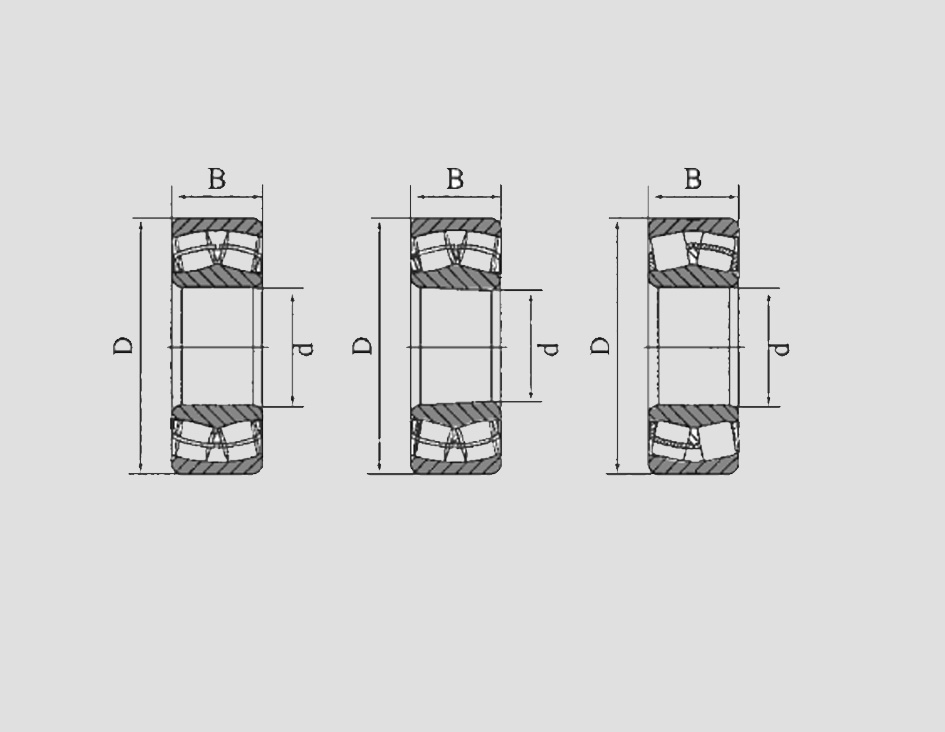
Aug . 28, 2024 14:28 Back to list
6202 ZZ Ball Bearing - High Precision & Durable Performance
Exploring the 6202 ZZ Ball Bearing A Key Component in Modern Machinery
The 6202 ZZ ball bearing is a vital component widely used in various mechanical applications, making it a hallmark of precision engineering. Its design and functionality play a crucial role in enhancing the performance and longevity of machines, from household appliances to industrial equipment.
.
One of the significant advantages of the 6202 ZZ ball bearing is its versatility. It is typically dimensioned at 15mm inner diameter, 35mm outer diameter, and 11mm width, making it compatible with a wide range of applications. This makes it a popular choice in electric motors, conveyors, pumps, and automotive components. Its ability to handle radial and axial loads efficiently allows it to perform well in applications that require reliable performance under varying conditions.
6202 zz

Moreover, the materials used in the fabrication of the 6202 ZZ bearing contribute significantly to its performance. Usually constructed from high-quality chrome steel, these bearings can withstand considerable stress and provide smooth operation. Some manufacturers also offer ceramic or stainless steel options, catering to specific needs such as higher speeds or enhanced resistance to corrosion.
The performance characteristics of the 6202 ZZ ball bearing are equally impressive. With a low coefficient of friction, it ensures smooth and efficient rotational motion, which is crucial in reducing energy consumption in machines. Additionally, its ability to operate at high speeds while maintaining stability makes it a go-to choice for many engineers and designers.
In conclusion, the 6202 ZZ ball bearing serves as an essential component in today's mechanical design landscape. Its robust construction, versatility, and operational efficiency make it indispensable in various sectors, from manufacturing to automation. As technology continues to evolve, the demand for reliable and efficient components like the 6202 ZZ bearing is expected to grow, driving innovations in bearing design and applications. Understanding its importance is critical for engineers, manufacturers, and anyone involved in the maintenance and operation of machinery.
Latest news
-
Premium Deep Groove Ball Bearings | High Speed & Reliability
NewsAug.29,2025
-
Durable Scaffolding Clamps - Secure & Reliable Tube Connectors
NewsAug.28,2025
-
Common Failures in Thrust Ball Bearings and Solutions
NewsAug.22,2025
-
How Tapered Roller Bearings Can Take Shock Loads
NewsAug.22,2025
-
Angular Bearings in High-Precision Spindles
NewsAug.22,2025
-
The Impact of Misalignment on Cylindrical Roller Bearing Performance
NewsAug.22,2025
